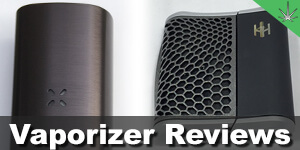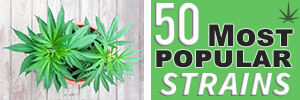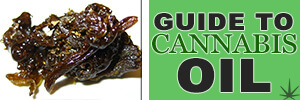Chronic marijuana use by teenage boys does not appear to be linked to later physical or mental health issues such as depression, psychotic symptoms or asthma.

Chronic Adolescent Marijuana Use as a Risk Factor for Physical and Mental Health Problems in Young Adult Men – Published August 3rd, 2015
Researchers at the University of Pittsburgh Medical Center and Rutgers University followed 408 male volunteers from adolescence into their 30’s.
Lead researcher Jordan Bechtold, PhD admitted “What we found was a little surprising,”. Assuming they would find at least some difference between chronic marijuana smokers and nonsmokers, he states “There were no differences in any of the mental or physical health outcomes that we measured regardless of the amount or frequency of marijuana used during adolescence.”
The above findings were a result of a Pittsburgh Youth Study conducted in the late 1980’s, researchers began tracking 14 year old male public school students to analyze their health and potential social issues.
Participants were surveyed every year or two for 12 years. A final follow-up study was conducted in 2009-2010, tracking down 408 participants who were now 36 years of age.
Peak marijuana consumption for what they label a chronic pot smoker, was at around 22 years old. Averaging around 200 days per year where they smoke pot.
Researchers also controlled some factors that could influence the findings, such as cigarette smoking or illicit drug use. The findings also don’t take women into account, and as earlier research suggests, marijuana has a different affect on individuals with higher estrogen levels.
Our Thoughts
One study certainly won’t be enough to put the marijuana debate to rest, but it does help add to the pile of evidence suggesting that cannabis is a very safe and useful medicine.
We certainly don’t support underage toking for a variety of reasons, but it is nice to know that your high school daze won’t impact your health years down the road.
sources: apa.org & eurekalert.org









